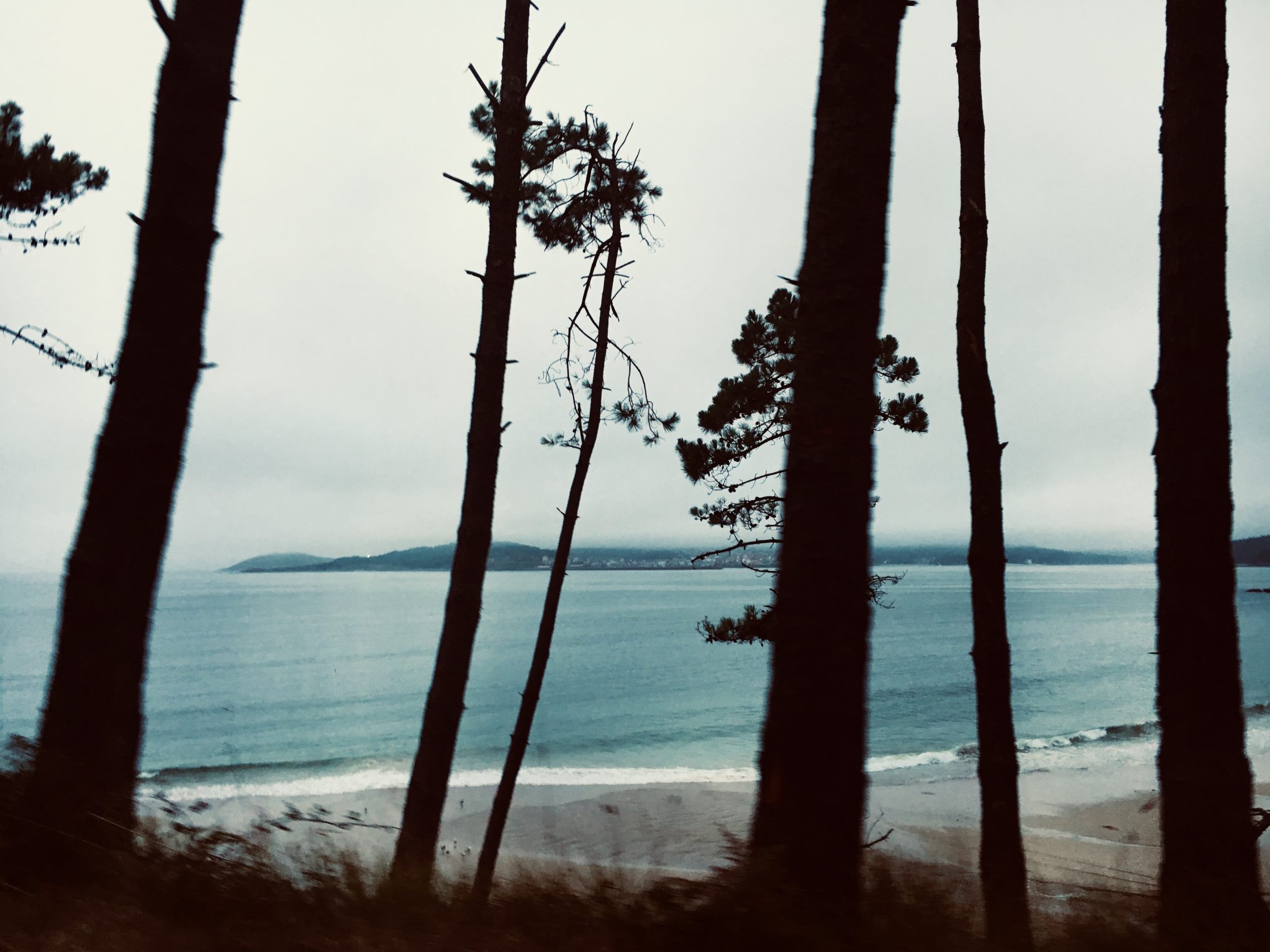John Naughton’s Guardian article about blogging’s 25th anniversary (which he counts from the appearance of Dave Winer’s Scripting News) makes some interesting points about the evolution of online civic discourse. When blogging became mainstream with services like Blogger, LiveJournal, WordPress, and Typepad, user-generated content was blog posts. People linked and responded, praised and critiqued. A public sphere was emerging, with (1) universal access, (2) rational debate, and (3) disregard for social rank. Then came social media companies like Facebook, YouTube, and Twitter:
[…] two awkward realities intervened. The first was that “discussion” on these platforms was curated by algorithms that were geared more to increasing user “engagement” (and therefore profit) rather than rational deliberation. The second was that many users of social media seemed to have a limited appetite for rational discussion.
In hindsight, it seems obvious. When phones became pocket computers, it became a race to monetize our attention spans. I’m not very hopeful of the online landscape going forward, but there are certain online communities, bloggers included, who rebel against algorithmic online life in different ways.
Cal Newport’s New Yorker article about “Indie” Social Media ends with similar pessimism:
For the exhausted majority of social-media users, however, the appeal of the proverbial quiet bench might outweigh the lure of a better Facebook. In this vision of the future, there will be many more social-media platforms but far fewer people spending significant time on any of them. Social media has reshaped our culture, and this has convinced us that it is fundamentally appealing. Strip away its most manipulative elements, though, and we may find that it’s less rewarding than it seems.
I advocate blogging, on our own servers, our own words, our own thoughts, and our own communities, away from tech giants. It’s easier now than ever.
